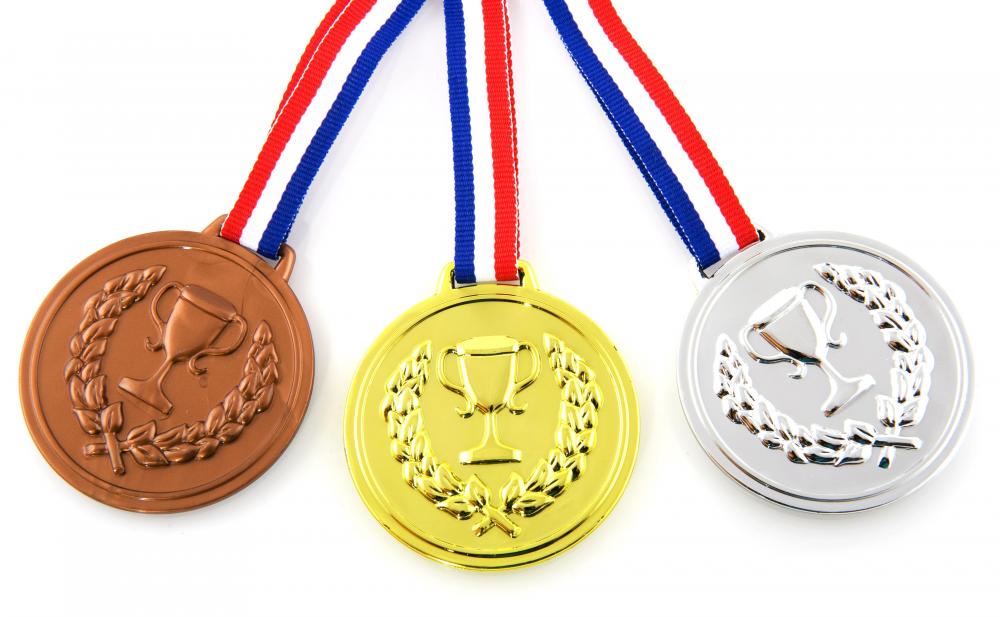At WiseGEEK, we're committed to delivering accurate, trustworthy information. Our expert-authored content is rigorously fact-checked and sourced from credible authorities. Discover how we uphold the highest standards in providing you with reliable knowledge.
What Is the Biomechanics of Swimming?
Swimming could be described as the physical motion of moving through water, although it is much more than that. Swimming can be a survival tool, an art, a sport, or a downright challenge. Biomechanics is the field of movement, examining the motions of the human body as if it were a mechanical object. The biomechanics of swimming, consequently, is the study of the motions involved in swimming.
In order to understand the biomechanics of swimming, it is helpful to acquire a baseline knowledge of the working components of swimming as well as the procedures most biomechanics professionals take to analyze a motion. Movement comes down to muscles, bones, connective tissue, and the nervous system that controls them. Basically, the nervous system dictates movements that are carried out by the contraction of a muscle or group of muscles. These movements occur through the pulling of the muscles on bones, and all the involved structures are connected with tendons, ligaments, and other connective tissues.

When a person swims through water, he or she follows a pattern of movement, using muscles specific to swimming. Not all types of swimming strokes are the same, but most use similar muscles. Among the many involved muscles in the biomechanics of swimming are the diaphragm, leg muscles, core muscles, and muscles of the back and shoulders.
The biomechanics of swimming attempt to summarize, understand, and analyze swimming as a whole or even in its particular aspects. The method used to achieve this is no different than that of other scientific investigations. It usually starts with a problem or question and attempts to solve it through experimental measures.

For example, an Olympic swimmer needs to become faster in order to obtain a medal in the upcoming games. This individual may train harder than anyone and be very gifted physically, but in order to maximize his or her potential, he or she needs to find a way to be more efficient in the water. The biomechanics of swimming could help solve this conundrum through gaining insight about that person's movement.
Perhaps a video could be taken and the footage analyzed to reveal a flaw in a turn at the wall. Identifying this flaw could help the athlete become faster, leveraging him or her to the top of the podium at the next Olympic games. This is one practical way in which the biomechanics of swimming is important.
AS FEATURED ON:
AS FEATURED ON:












Discuss this Article
Post your comments